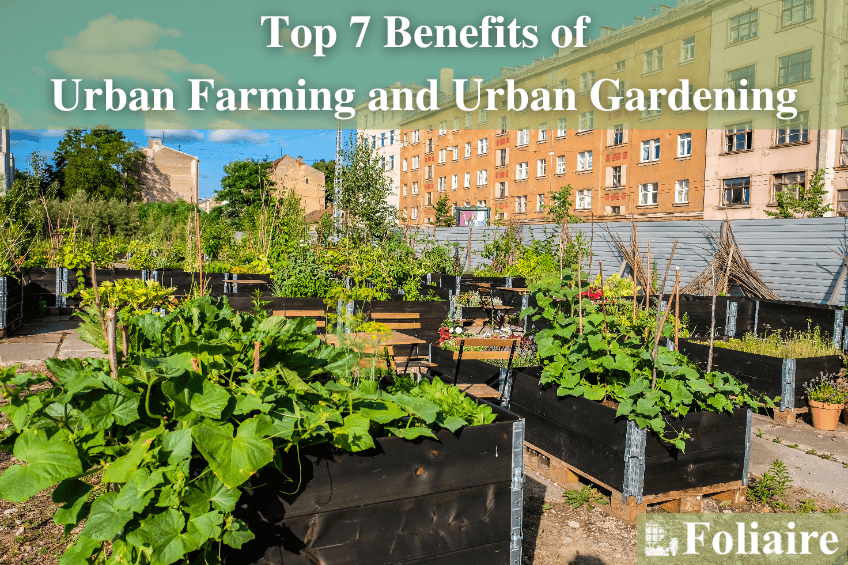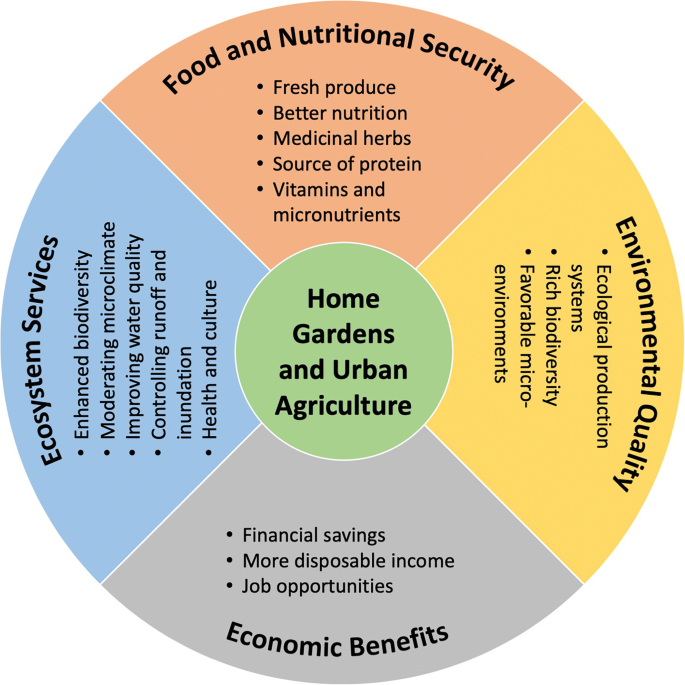8 Simple Techniques For City Blooming
Table of ContentsFacts About City Blooming UncoveredWhat Does City Blooming Mean?The Only Guide for City BloomingSome Known Details About City Blooming City Blooming for Beginners
Urban gardens commonly take advantage of warmer microclimates, enabling the cultivation of much less sturdy plants such as palms and bamboo. https://www.folkd.com/profile/231752-cityblooming/ commonly located in warmer areas. And as we've stated, don't simply decide for little plants; little city gardens can deal with huge plants and trees and selecting these over small fussy hedges will make the space really feel bigger and extra excitingMake use of huge containers they do not dry as quickly as smaller pots, so they are less function to maintain water. Choose hardscaping aspects for an urban garden The organized lines, asymmetrical plan, and use of different materials in this London-based Victorian balcony's yard style create a smooth link with the architecture, making it show up as an all-natural extension of the overall visual.
Plant vertically Cover the walls in greenery, whether that be stunning mountain climbers that billow messily over your fencing or something extra consisted of and contemporary like a living wall. Make the many of a light well garden Whitewashed walls and light floor ceramic tiles turn it from a dark and dingy space right into an area you 'd intend to hang out on a Sunday early morning with a mug of coffee.
Getting My City Blooming To Work
Vertical farming and aeroponics enable plants to be grown in controlled environments, utilizing very little area and sources. IoT-based innovative horticulture systems make it possible for remote monitoring and automation of gardening processes. Urban farming apps and on the internet resources provide useful information, suggestions, and community support for urban gardeners. A web page from the London Municipal government internet site offers information regarding city farming in London.
They have a mission to end cravings in our generation by growing gardens on extra land in cities. They supply a selection of resources to aid individuals obtain included in urban farming, including instructional materials, horticulture ideas, and a neighborhood forum.

The Buzz on City Blooming
Urban Growth is a community-led business that deals with both neighborhoods and developers to create a healthier city. They are committed to sustainability, empowerment, and pleasure, and they think that everybody has the power to make a difference. Urban gardening is an effective motion that brings nature back right into the concrete jungle.
Katy began at Gardening Express with limited expertise of horticulture, however under the mentorship of Chris Bonnett and the various other horticulture professionals in the company, she now has over two years of experience in the cultivation market. Katy has edited 300 articles on topics such as plant treatment, garden styles, yard design, and upkeep.
Katy's mission is to help newbies and seasoned garden enthusiasts alike develop and enjoy their very own inviting exterior rooms easily.
Area gardens are semi-public areas shared by a neighborhood of neighbors and various other people where they collectively take part in expanding fruits, vegetables, or blossoms, sharing labor and harvest. It's fantastic to get associated with these lasting projects as they're equally valuable for you, the community, and the setting. Community yards are located in neighborhoods, however can additionally be created in colleges, domestic lands, or organizations, such as medical facilities.
The Only Guide for City Blooming
Some of the ecological benefits of neighborhood yards include: Restoration of uninhabited land and communities by repurposing themProduction and upgrading of water infiltration and various other ecosystem servicesPromotion of biodiversity by growing native plantsEducating the area about horticulture, city farming, and their benefitsReduction of food transportation decreasing air pollutionPromotion of lasting farming practicesFostering social inclusionThe over ecological advantages reveal the general value of neighborhood yards and their contribution to supplying habitat for microorganisms and food to the locals, eliminating food instability.
Area gardens add to accomplishing these goals as they come to all regardless of class, age, gender, education, line of work, and so on, and play a significant function in elevating understanding and knowledge concerning horticulture and city agriculture among the people. Community yards highlight a demand for city slicker to return to nature.

And also, it eliminates food instability in communities which is a worthy goal. Working in a shared garden allows a return to real worths.
The 2-Minute Rule for City Blooming
A few of the environmental benefits of community gardens consist of: Remediation of uninhabited land and ecosystems by repurposing themProduction and upgrading of water seepage and various other ecosystem servicesPromotion of biodiversity by growing native plantsEducating the community concerning gardening, metropolitan agriculture, and their benefitsReduction of food transportation minimizing air pollutionPromotion of lasting farming practicesFostering social inclusionThe over ecological benefits show the total relevance of area yards and their payment to offering environment for organisms and food to the residents, eliminating food instability.
Community yards add to accomplishing these objectives as they are accessible to all regardless of class, age, sex, education, profession, and so on, and play a massive function in elevating understanding and expertise concerning gardening and metropolitan farming among the citizens. Neighborhood yards highlight a need for city slicker to go back to nature.
A means to get closer to nature by adhering to ecologist valuesSpaces of social variety where conviviality and exchanges aboundPlaces that advertise the integration of deprived groups or individuals with impairments right into the social fabricA means to improve your living atmosphere (for individuals living in apartment or condos and having little eco-friendly room at their disposal)A place of community enjoyment, to hold cultural events and exterior partiesThe possibility to grow vegetables, fruits, and herbs at low costAn chance to relocate and work out in the fresh air by committing a few hours a week to horticulture and maintaining your garden plotThe chance to share and exchange with various other individuals items from the harvestOpportunities to increase recognition and educate people regarding ecological regard with techniques such as composting, natural horticulture, rainwater harvesting, etc.
Having actually grown fruits and veggies will strongly urge you to eat even more of them, which is not negligible for your lifestyle and wellness. Plus, it eliminates food insecurity in communities which is a worthy goal. Working in a shared yard permits a go back to real values. The advancement of the customer society, the lack of time, and several various other factors lead us even more and a lot more in the direction of buying products in stores.